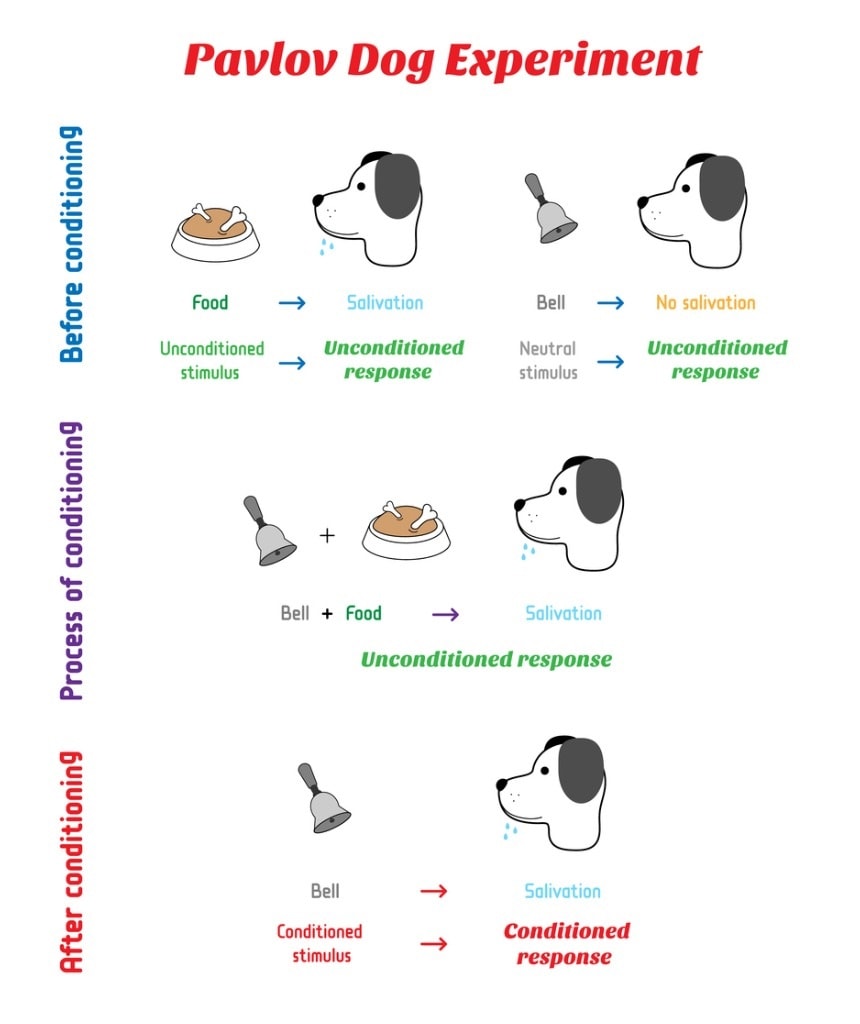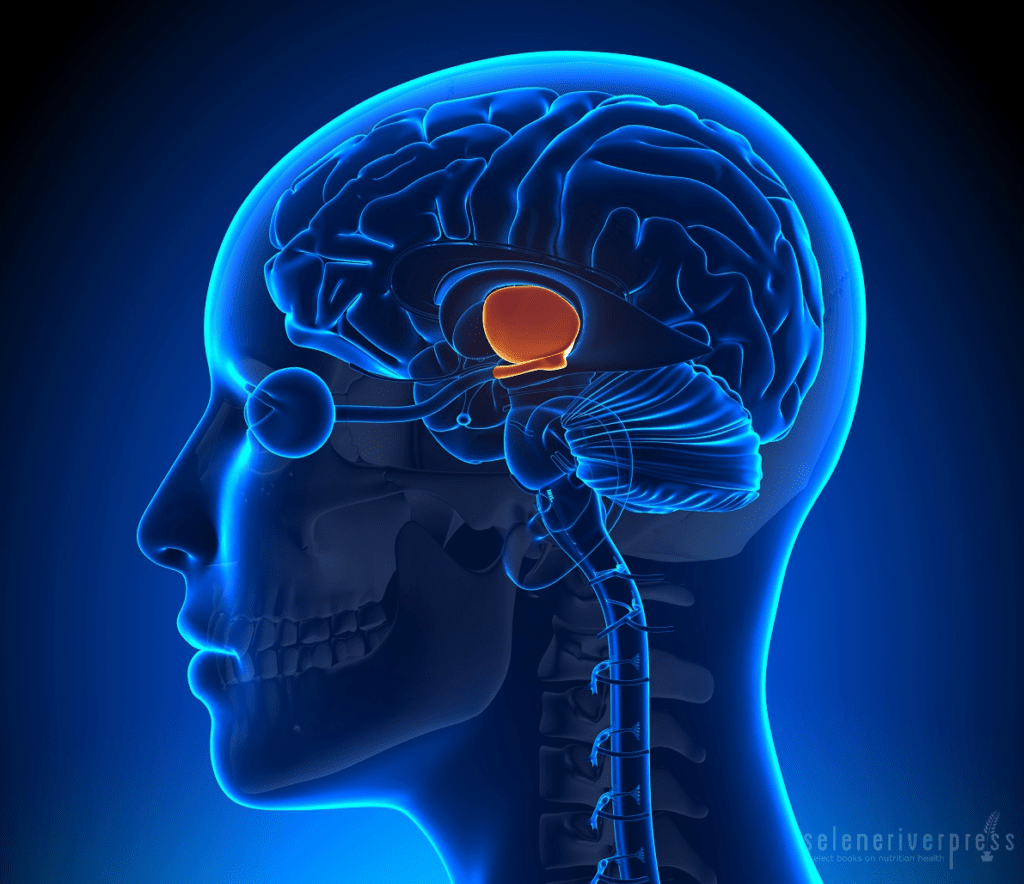Welcome to “The Royal Principles of Health,” written by Dr. Michael Dority and presented by Selene River Press. This fascinating series is based on the 33 principles of chiropractic identified by R.W. Stephenson, DC, PhC, in his 1927 classic Chiropractic Textbook. Dr. Dority calls these the “Royal Principles of Health” and invites you to learn how these foundational tenets illustrate the forces of universal intelligence that guide and determine our existence.
Control, Balance, Strength
The nervous system controls the body with its ability to acknowledge both our internal and external environment. In turn, the body responds physiologically to its environment in the present and also reacts to it from past memories. Success is an inside job. So is failure. We remember both consciously and subconsciously. The feelings that arise from our memories—whether they are conscious or subconscious—prompts a corresponding physiological reaction in the body. For example, we have learned from experience that we should not touch a hot stove. The memory of that incident created a conditioned reaction. (Remember Pavlov’s dogs?) The central nervous system is constantly responding to and organizing an intelligent response to altered input from our body.

Let us remember the three interferences, as explained by D.D. Palmer, responsible for altering information input into our central nervous system: 1) spinal subluxations or misalignments; 2) toxic chemical poisons; and 3) emotional stressors. The way our memory reacts to these interferences causes a release of powerful dynamic chemicals called neuropeptides. These biochemicals flow through the bloodstream to deposit their information into the makeup of all cells in the body.
The brain responds to mindful thoughts by sending neurological signals through the spinal cord tracks to all tissues and organs. Our thoughts, feelings, and emotions are formed into physiological reactions that are experienced throughout the entire body, leading to a memory-control-training affect. Remember how hard it was to learn to tie your shoestrings? Now you can do it in the dark! Remember how fearful and stressed out you were as you learned how to read and write, do your math, and ride your bike? At times I remember just crying or getting so mad I threw my pencil and math book or gave my bicycle a good hard kick then fell off and crashed. (It was the bike’s fault anyway.) It is normal and natural to feel and express emotions, both seen and unseen, in our physiology—yet we must do it without hurting ourself or others.
When we express our feelings, it is through the hypothalamus-pituitary-adrenal axis (HPA). Passing to and fro through the spine, the nervous system controls our growth and protection responses and behaviors. So what is HPA, and why do we have it? As you can tell from its name, the HPA axis involves three organs. These organs form a circuit through which the nervous system can detect our response to any stressors, both real and perceived.
The hypothalamus is involved in maintaining the body’s energy, the memorization process, and stress control responses. Living in our world is, at times, frightening and stressful, yet we need to always remember we were created to learn and survive. We can control our toxic fear reaction by getting back on the bike, overcoming fear, and enjoying the ride. Or we can give the bike away and never get on it again.
We all have before us the choice to choose. We are able to adapt to our environment and make our choices because of the HPA axis and central nervous system. We accomplish this because of the Innate Intelligence that is expressed through and over our nervous system. In R.W. Stephenson’s Chiropractic Textbook, Principle #24 states, “Innate Intelligence adapts forces and matter for the body as long as it can do so without breaking a universal law.” This is how the body innately knows how to adapt to all of our current and past training. Thus we are always in the good hands of the Innate.

Let us look at the example of Bree Dority. Performing a skill of control, balance, and strength on the balance beam for the University of Nebraska at Lincoln, she scored a 9.95, just .05 from a perfect 10. Two other gymnasts scored the same on the balance beam, resulting in a three-way tie. However, Bree scored a perfect 10 in her uneven-bars routine. This was the first ever perfect 10 on the uneven-bars in the history of the Big-12 Gymnastics to win the event, and it helped lead the University of Nebraska women’s gymnastics team to the 2001 Big-12 Gymnastics Champions title.
This did not just haphazardly happen. Specific steps had to be established to form learned neurological circuits from brain to body and from body back to brain. In other words: “Innate intelligence adapts forces of matter for the body as long as it can do so without breaking a universal law.” Many neurological pathways had to be imprinted into the cellular memory index of Ms. Dority’s central nervous system. She had to train and practice for many hours to reach her desired goals. Innate Intelligence adapted and controlled her body through the nervous system as it traveled through her spine.
This is the same process that takes place when you learn how to play the piano. Nerve control creates balance, strength, and coordination. For optimal performance results, spinal subluxations in Bree’s spine were routinely corrected with chiropractic adjustments. Studies show when a vertebra is ever so subtly restricted in movement or displaced (subluxation) this information signal is sent to the brain and central nervous system and becomes an information neuropeptide that is encoded and responded to in our physiology (creating a response and signs and symptoms).
The nervous system releases neuropeptides from dendrites, nerve cell bodies, axons, and presynaptic terminals to produce an appropriate response as the body reacts to the challenges of internal and external stressors. Healthy, balanced spinal joint movement promotes positive neuropeptides. The body requires movement to develop automatic motor responses to sensory input in the body. This is the training effect. Innate Intelligence is always limited by the body’s level of training as well as its physical, mental and nutritional conditioning. We are Innately designed to get healthier, stronger, smarter, more confidant, and better balanced when we reach out and up to those tools and aspirations for that perfect health score.
In sports as in any endeavor, including our health practices, we are inspired by those with greater experience and deeper knowledge. By learning from them, we can perform to a higher level. As we are gifted with the knowledge of others, we can use this gift to serve the many needs of those under our care.
State of mind is real. See your patients healthy. See and show them their spine. As millennia ago, “People perish for lack of knowledge.” Teach your patients that “doctor” means “teacher.” The state mind of a gymnast who wants to score a perfect 10 on her uneven bar routine is transferred to her physical body—just as our state of mind is also transferred.
I want to be the best doctor. I want to make the perfect adjustment and nutritional recommendations so my patients can work toward and reach a perfect health score. Our mind is real, and it is expressed in the body through the spinal cord. It is a physical, chemical flow of quantum electromagnetic energy that switches groups of genes on or off—either positive or negative—based on our choices. Many studies show that when we are in a positive thinking mindset, our brain cortex creates structural changes from these affirmative learning experiences, and this can actually increase intelligence. As we are challenged through frequent positive and negative learning experiences, our intelligence is increased. Switch on Your Brain by Dr. Caroline Leaf documents how challenging positive learning experiences, learning new skills, and gaining knowledge all increase intelligence.
For the gymnast to get that score of a perfect 10, the body needs to learn the relevant skills and be able to respond to training. The more we engage, practice, and study the natural mechanisms and paths that lead to health, the higher our patients’ health and our own health score will be. Remember, we are the owner of our health, and we must be good stewards of it. Whatever it is, we must own it. Are you in possession of the skills and knowledge required to strive for a perfect 10 in health?
Let us enhance the health and function of the Hypothalamus-Pituitary-Adrenal Axis with Standard Process:
- Hypothalamus PMG (1–3/day)
- Pituitrophin PMG (1–3/day)
- Drenatrophin PMG (1–3/day for the adrenals)
Let us pass that on to all of humanity. Remember always, a subluxated spine, toxic emotions, negative attitudes, ingested toxins, and malnutrition directly affect our HPA axis, and that can block learning and the creation of healthy neural pathways in our body.
Let us see ourselves always performing at a perfect 10 in our patient care. Let us always strive to teach our patients how to work toward and achieve a perfect score. Let us live our own lives and always strive for the perfect score by practicing control, balance, and strength.
Some things to think about:
- Go search out the One Research Foundation.
- Remember, payday is someday.
- Become passionately engaged in the causes of health.
“Consider how your mindset—of either scarcity or abundance—is impacting your leadership.”
—John C. Maxwell
Images from/decade3d (main), Annetka (pavlov’s dogs). Beam image by UNL athletic photo department of Bree Dority, courtesy of Dr. Dority.


